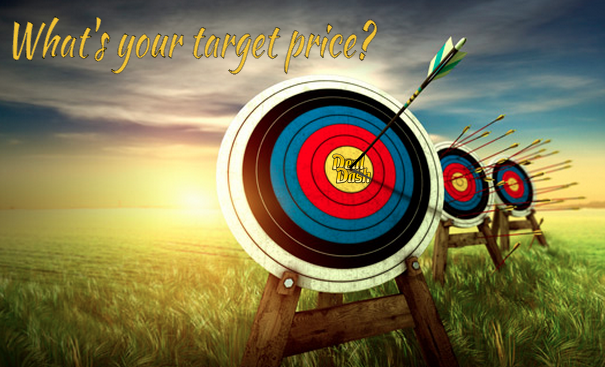Know Your Limits To Get More Wins Using Less Bids
If you have an unlimited supply of cash, you may not want to read any further. If, on the other hand, you’re like most people and you don’t enjoy wasting your hard-earned money, you’ll benefit greatly by setting reasonable limits and sticking to them.
While the Buy It Now option provides an excellent “safety net”, it should only be used as a last resort. After all, your ultimate goal is probably not to pay full retail. Hopefully, your goal is to save money on the items you bid on. One thing’s for sure, you do not want to pay more than retail, but that’s what can happen if you fail to Know Your Limits.
Going into an auction without a game plan is never smart and will often lead to overbidding.
My suggestion is that you begin by setting a reasonable limit for what you’re willing to pay for an item. A good place to start in determining this number may be to look at the average selling price for the item. In case you didn’t already know it, if you log out of DealDash and view any of the current auctions, you will see the average sale price for that item.
While determining your limit or “target price” you must take into consideration the cost of the bids you’ll need to win the auction. For example, let’s say you’re looking at a $100 gift card, and, based on the average sale price, you decide $65 is a reasonable “target price”. At this point, it’s a good idea to look at things in terms of percentages. This makes it easier to quickly determine your limits for any auction. For this example, our $65 “target price” represents 65% of the retail price so we must decide what portion will be used for bids and how much will be sale price. You’ll want to experiment with different numbers and probably want to use different numbers for different auctions. For the sake of this example, let’s start out with 15% going towards bids and 50% going towards the sale price. I like using 15% because it makes it very easy to quickly determine how many bids to limit myself to. Here’s what I mean. 15% of $100 is $15 and, of course, we only buy bids when they go on sale for $.15 so $15 worth of bids turns out to be 100 bids. $100 retail price equals 100 bids, $200 retail price equals 200 bids. You get the picture. Now, some of you may be thinking that 100 bids is just not enough to win a $100 item. If that’s the case, then simply increase the percentage to suit your own bidding style. But, make sure to decrease your sale price percentage accordingly. Once you’ve determined the number of bids you plan to use, you’ll want to split them up rather than using them all in one shot. You might like to try using a portion of your bids early in hopes of capturing one of those “early bird specials” that happen occasionally, then save the majority of your bids to use after the others have reached the point where it makes more sense to Buy It Now. See “Patience, Patience, Patience“.
Again, the numbers you feel most comfortably using will vary. What’s important is that you have a game plan going into every auction, and that you stick to your plan. Placing limits on the number of bids you spend will make you a much more disciplined bidder, which will most likely result in more wins using less bids.



